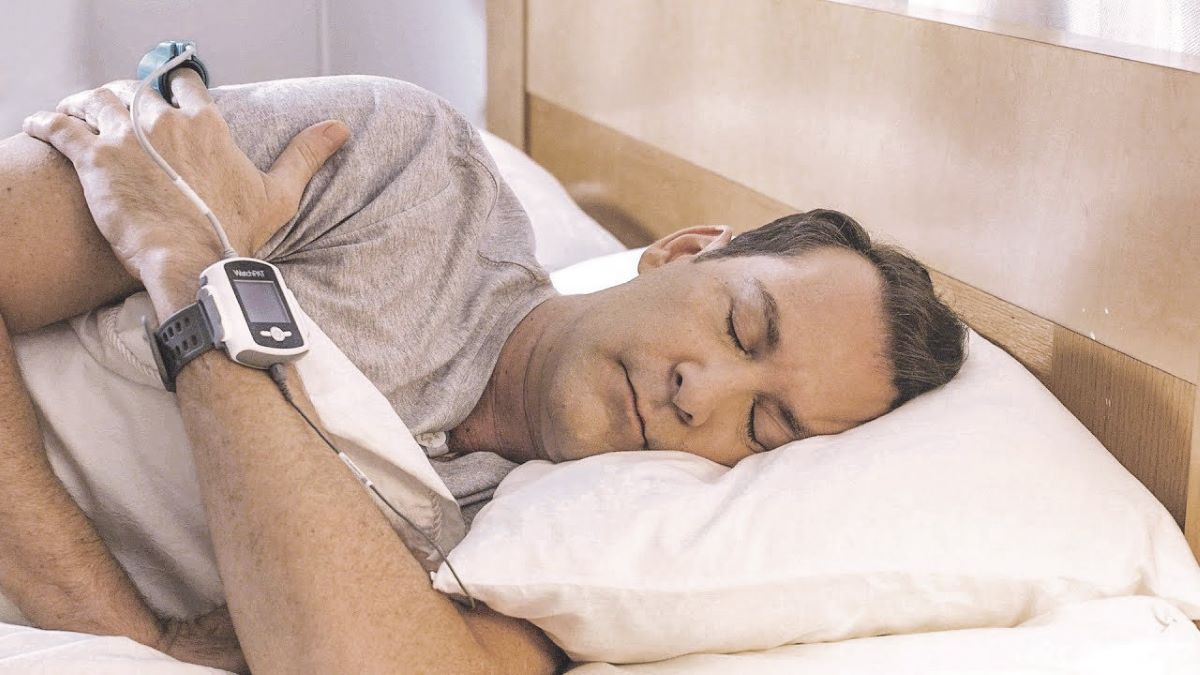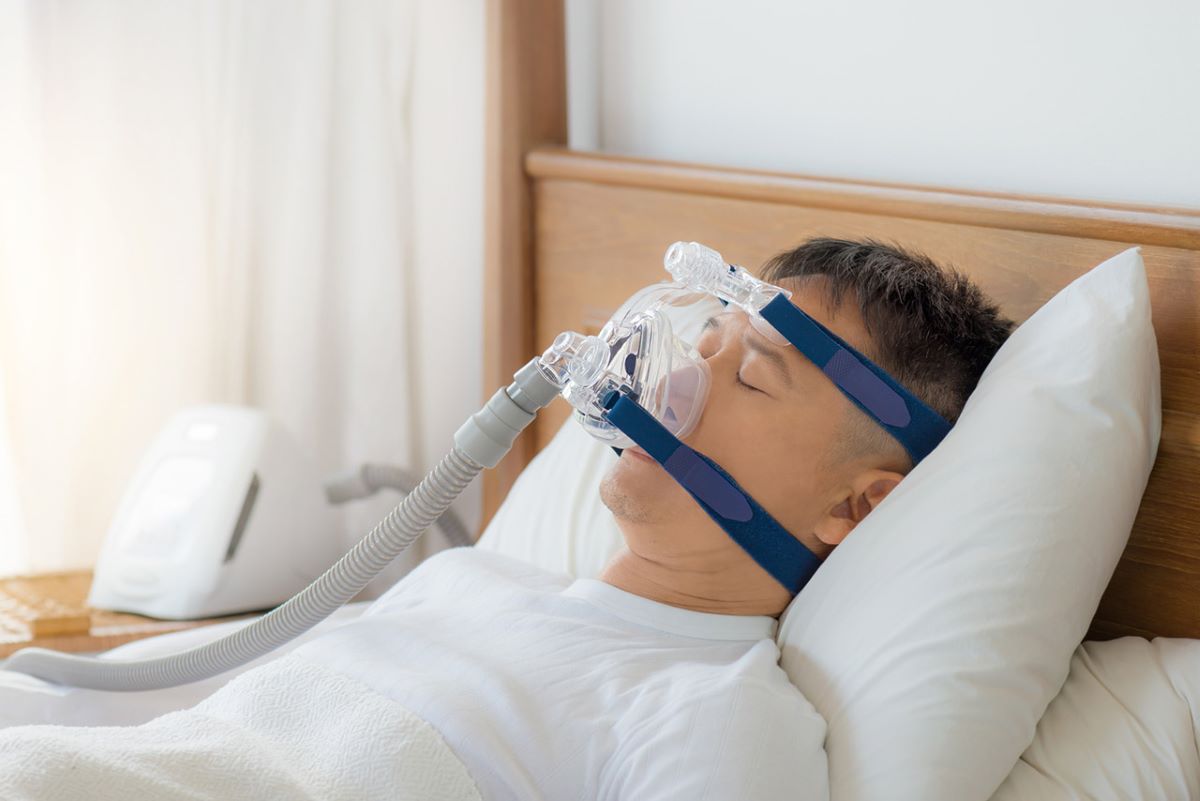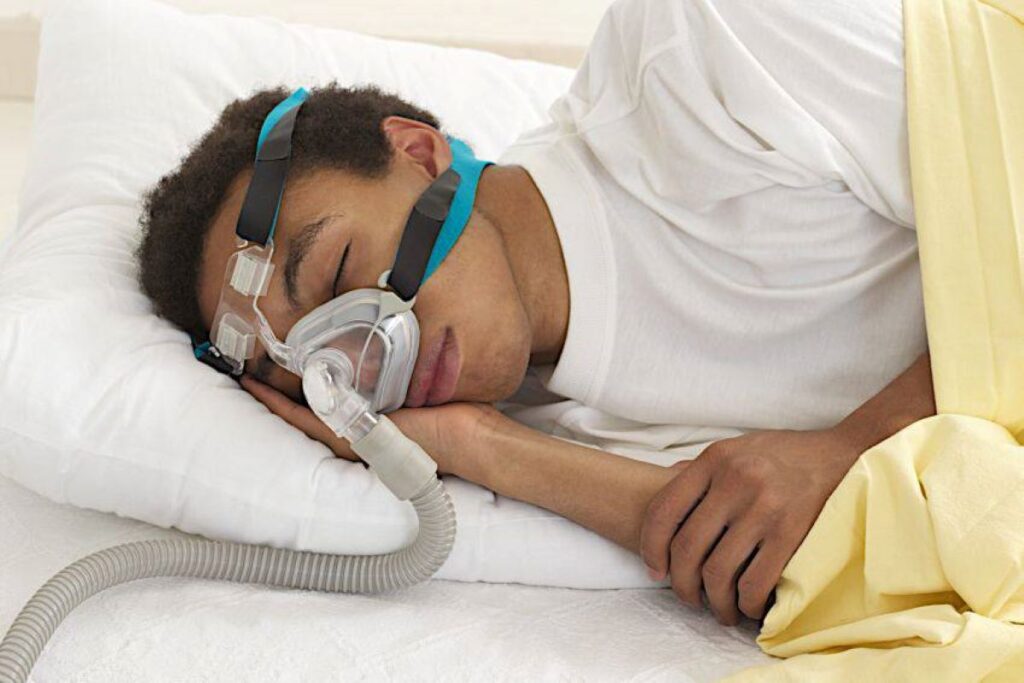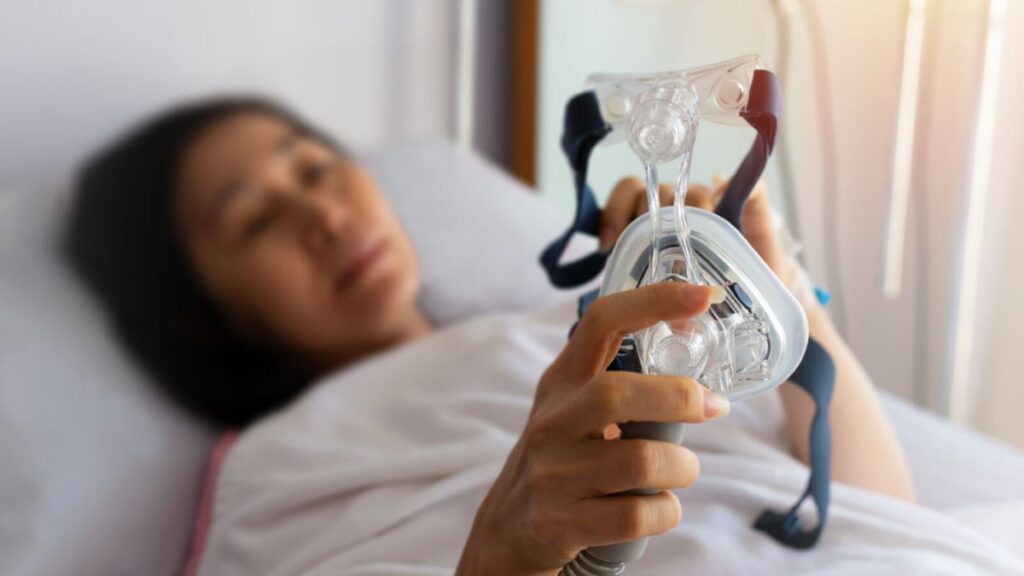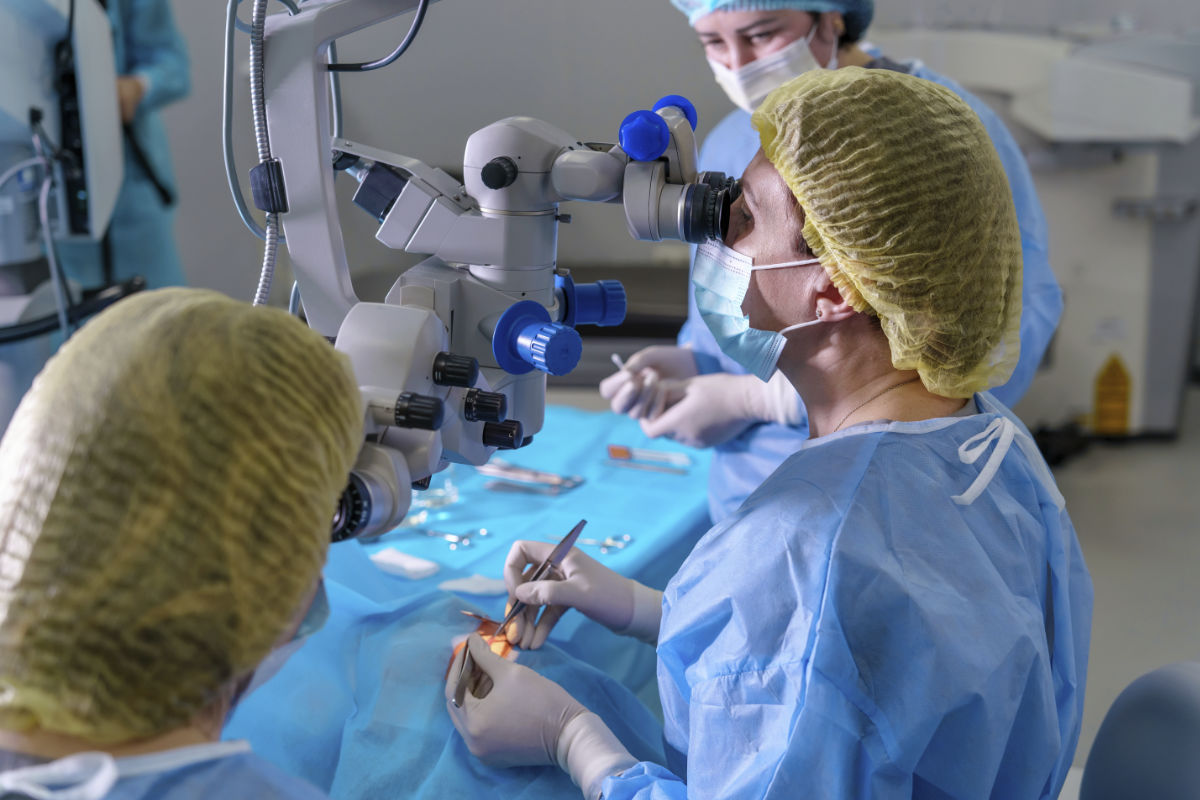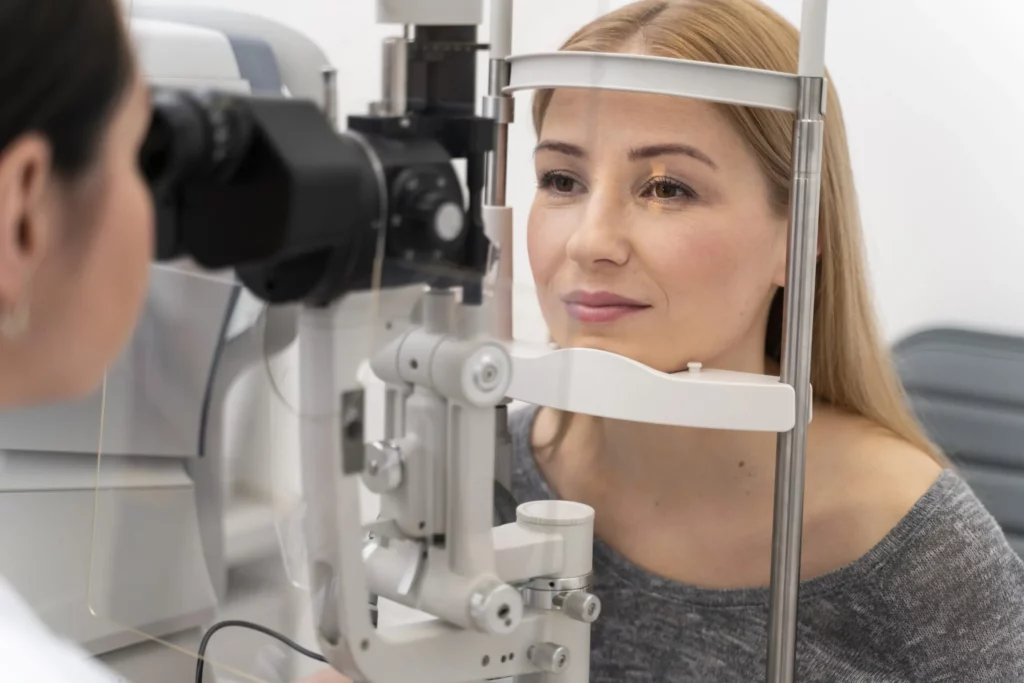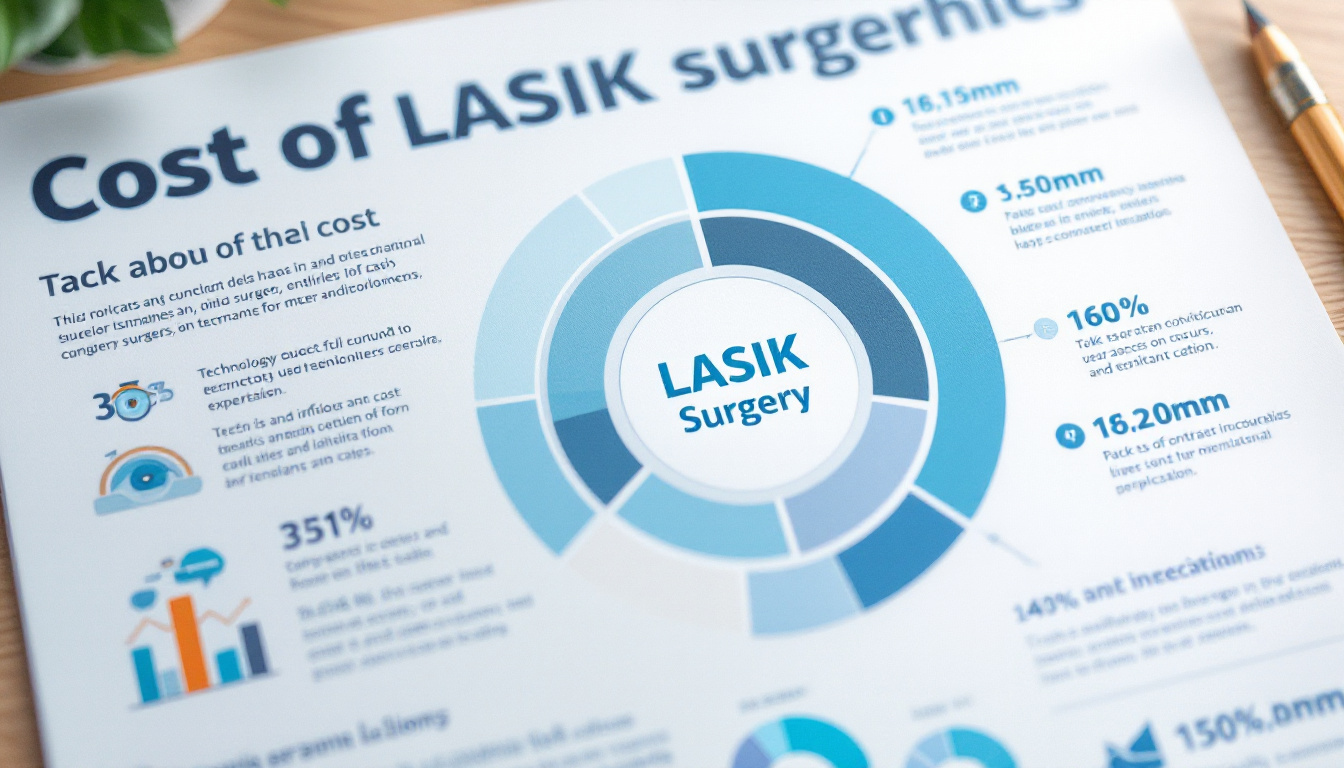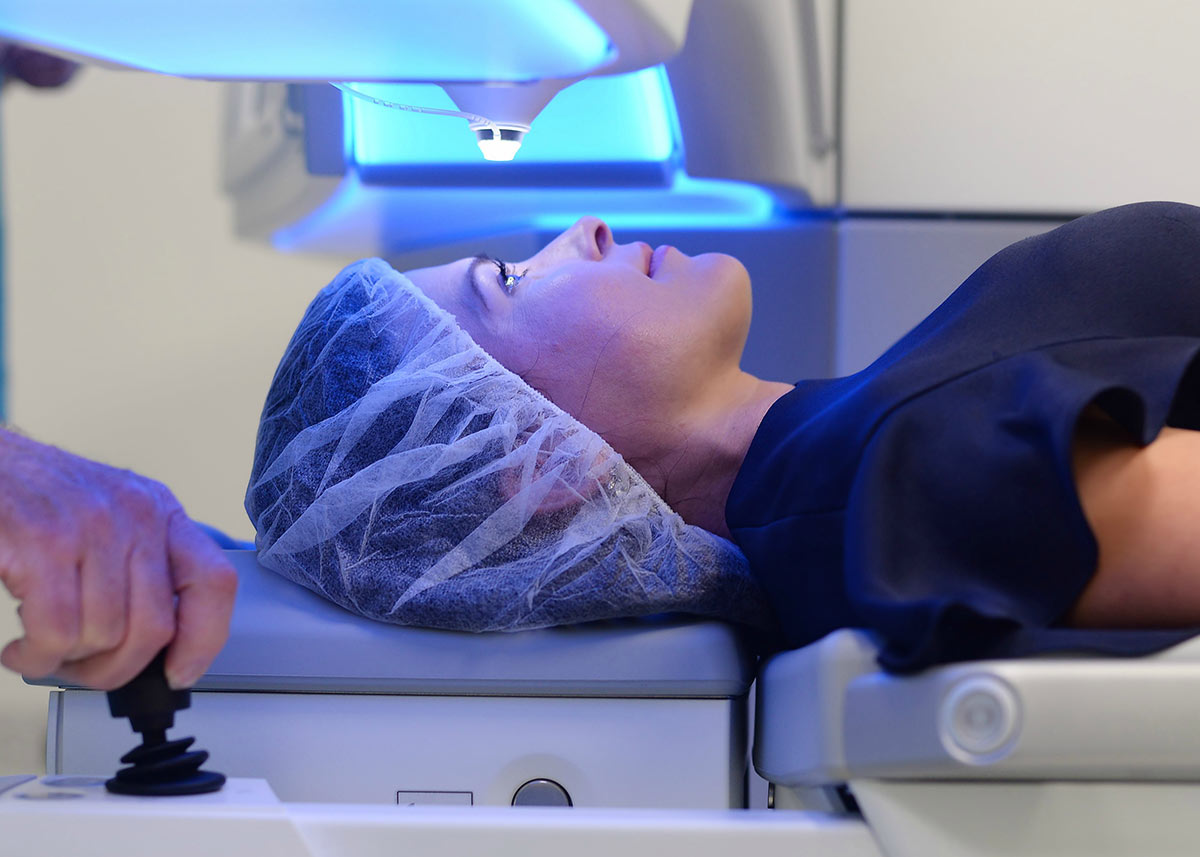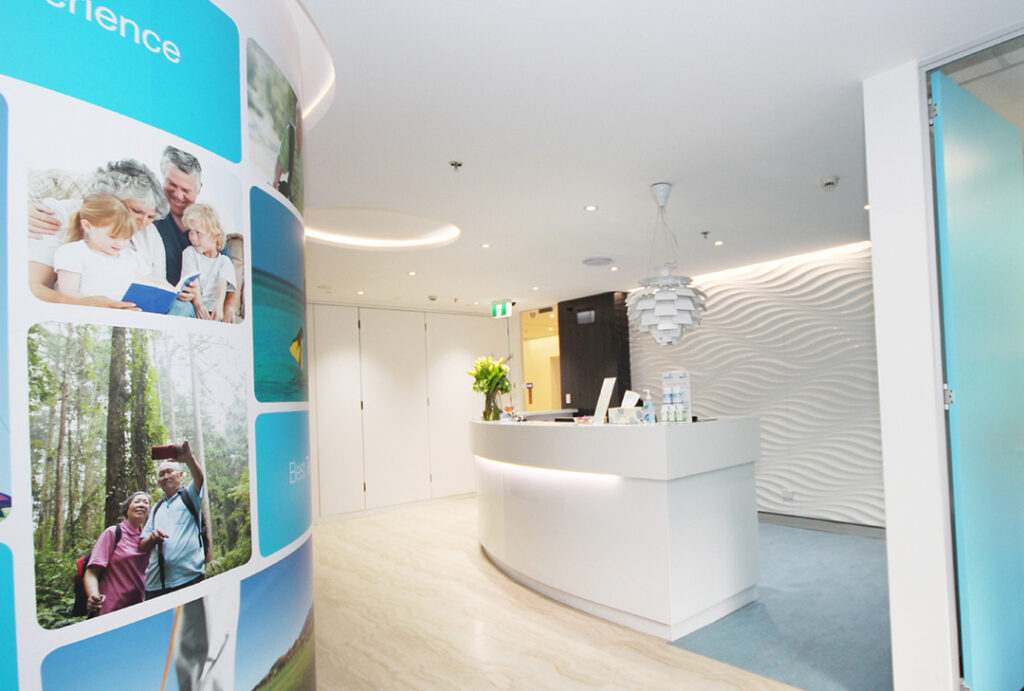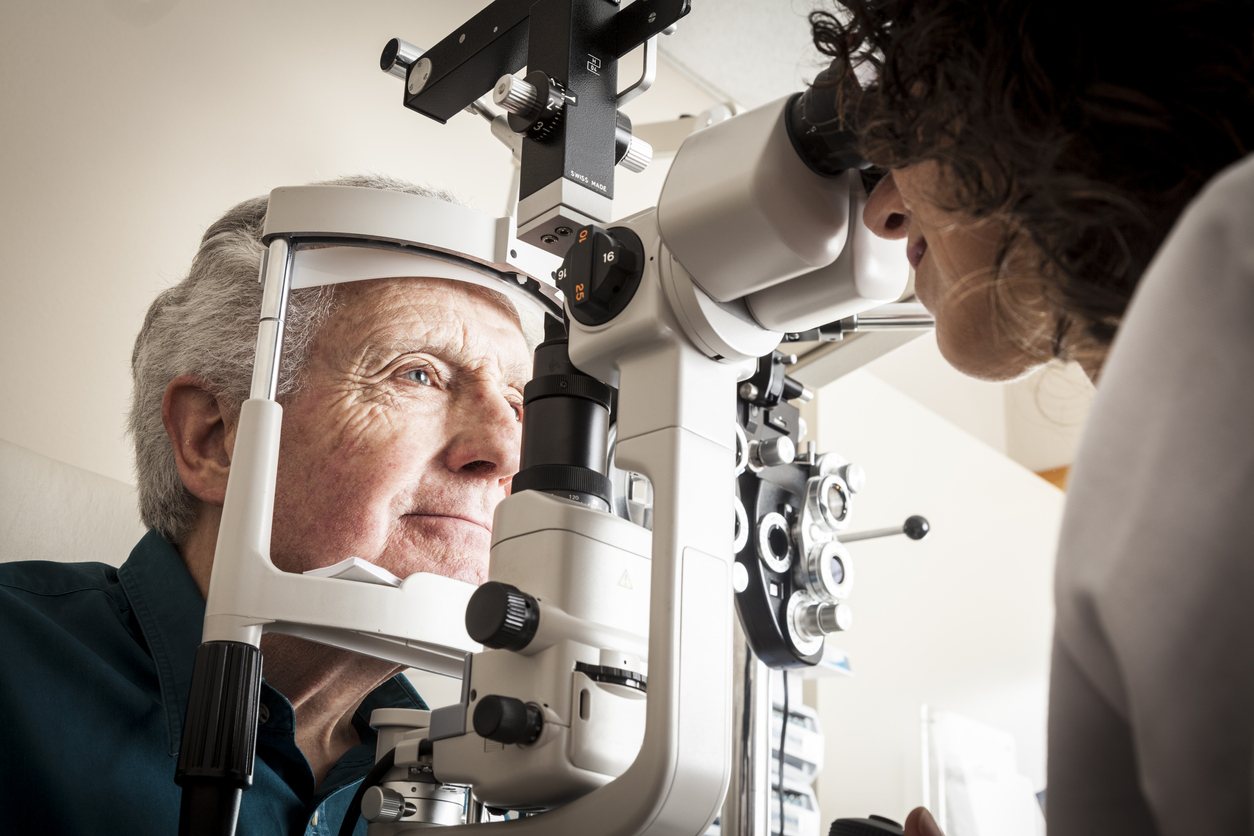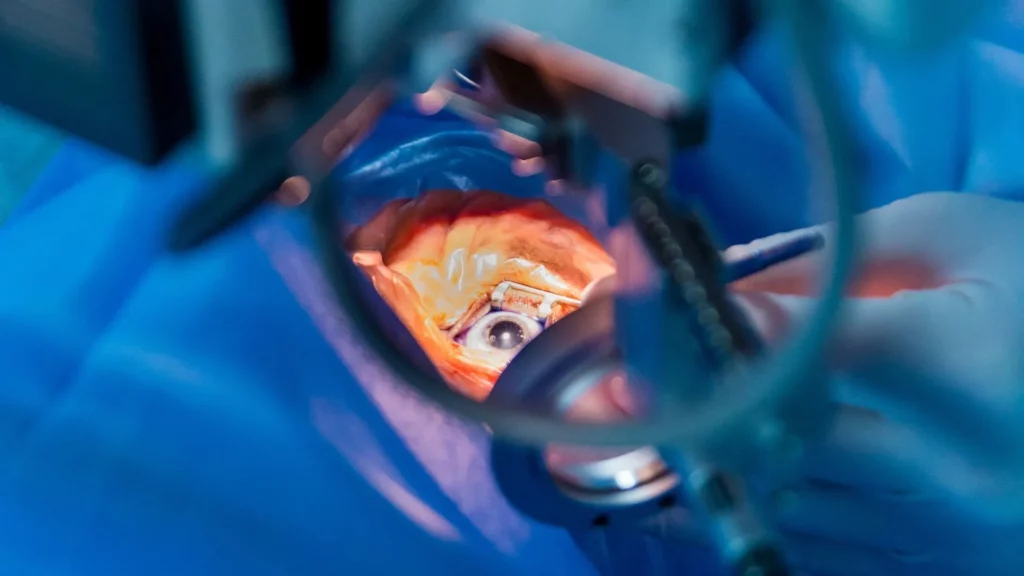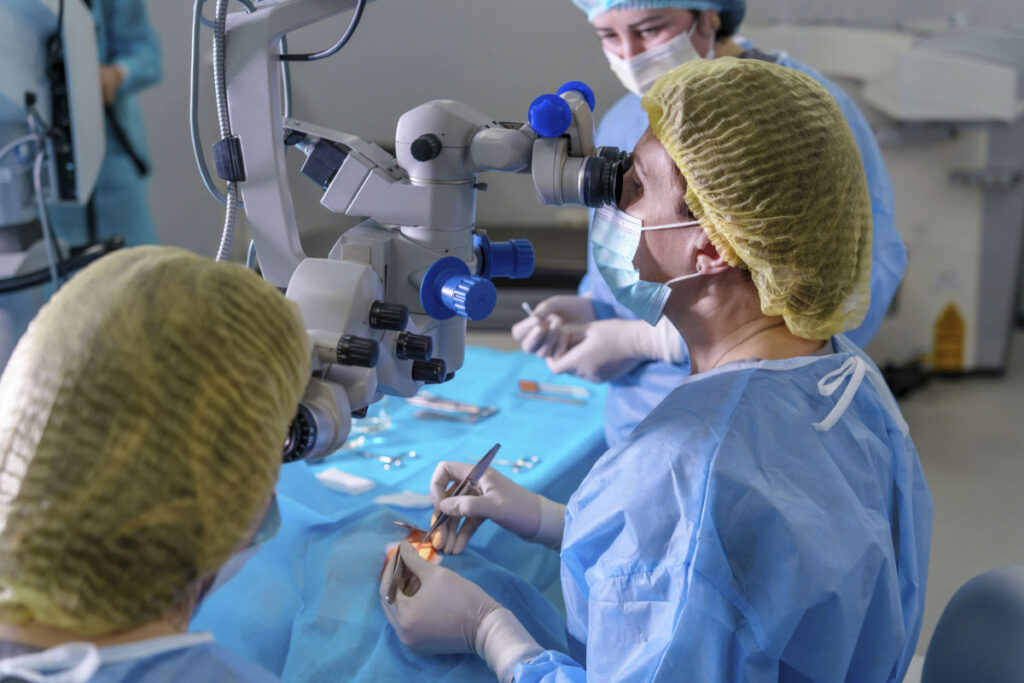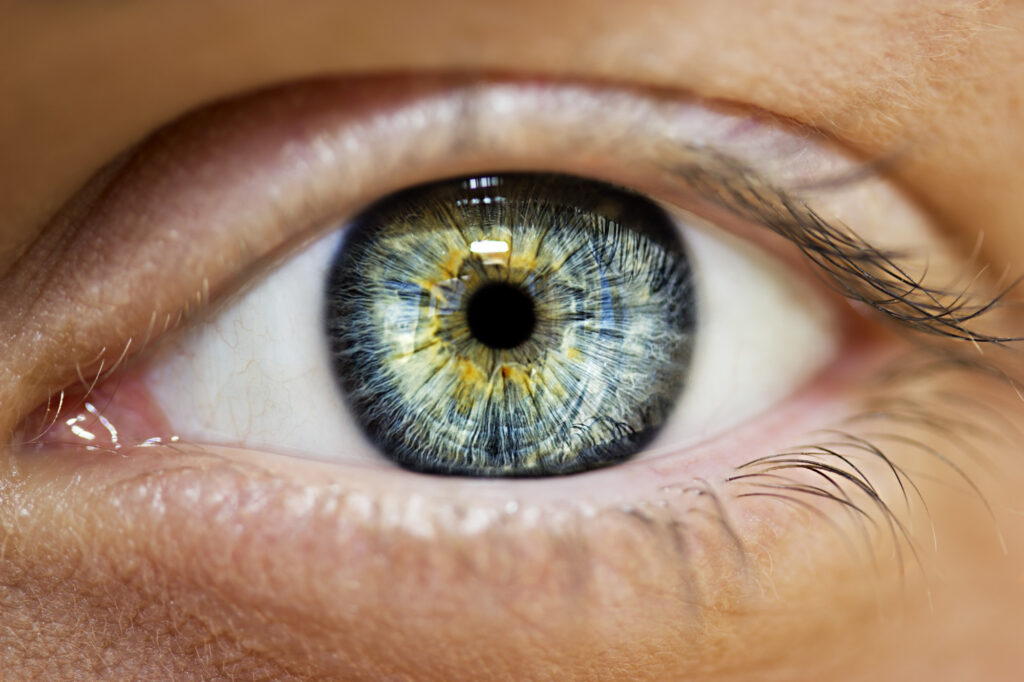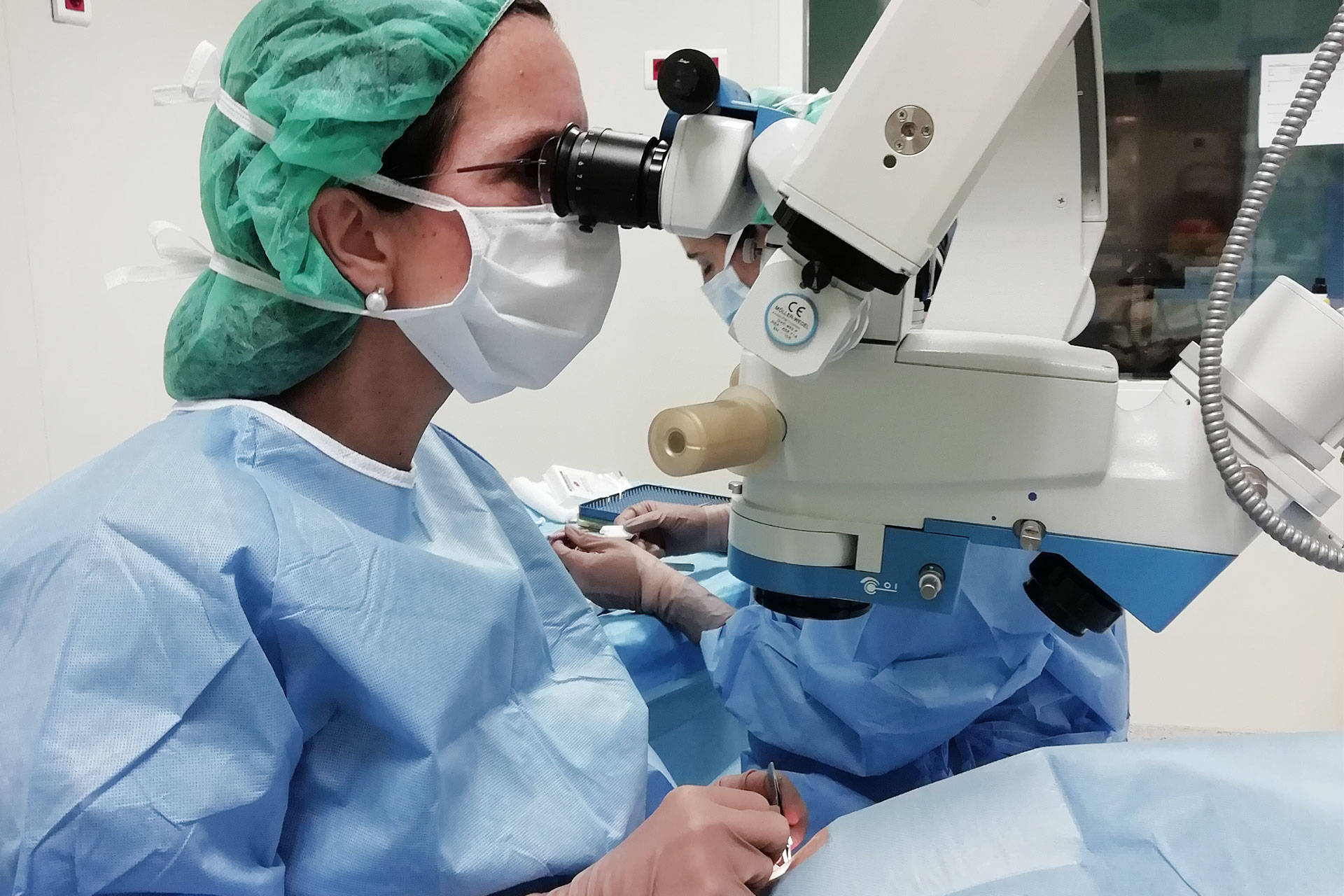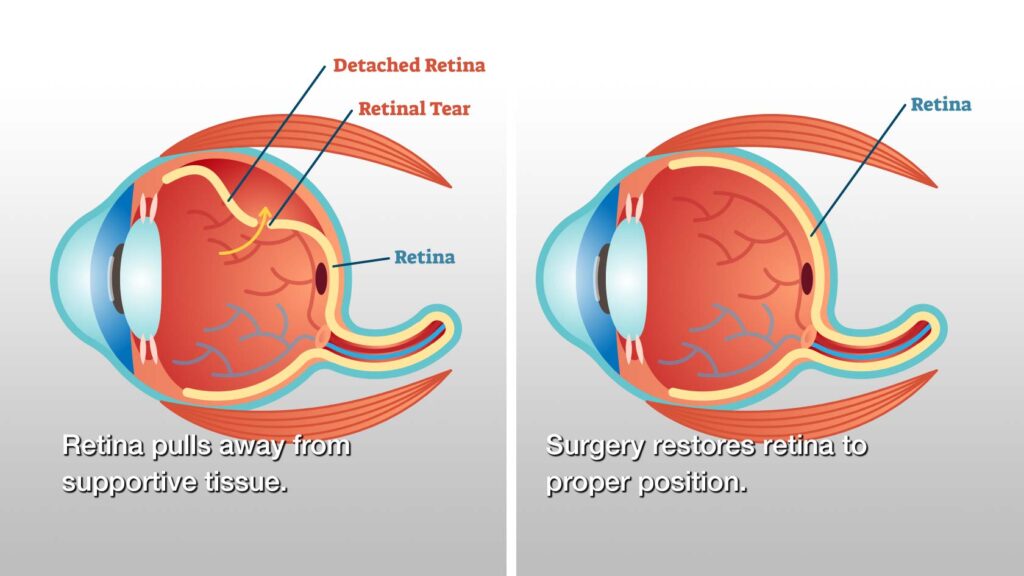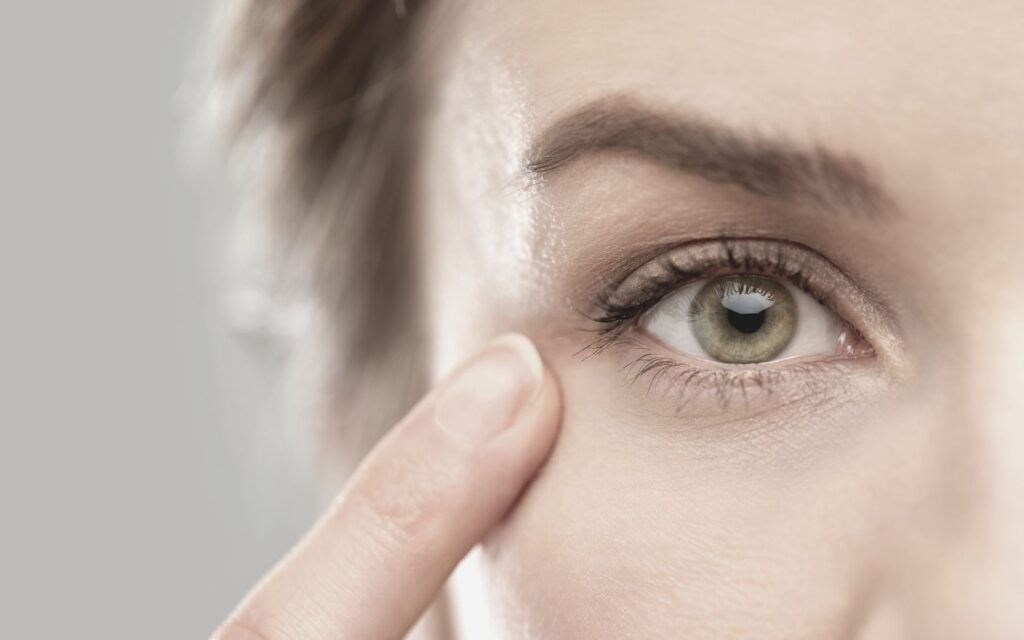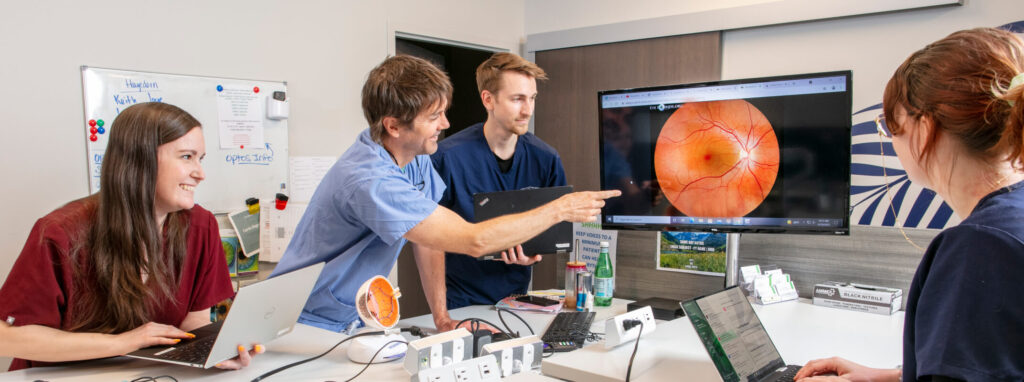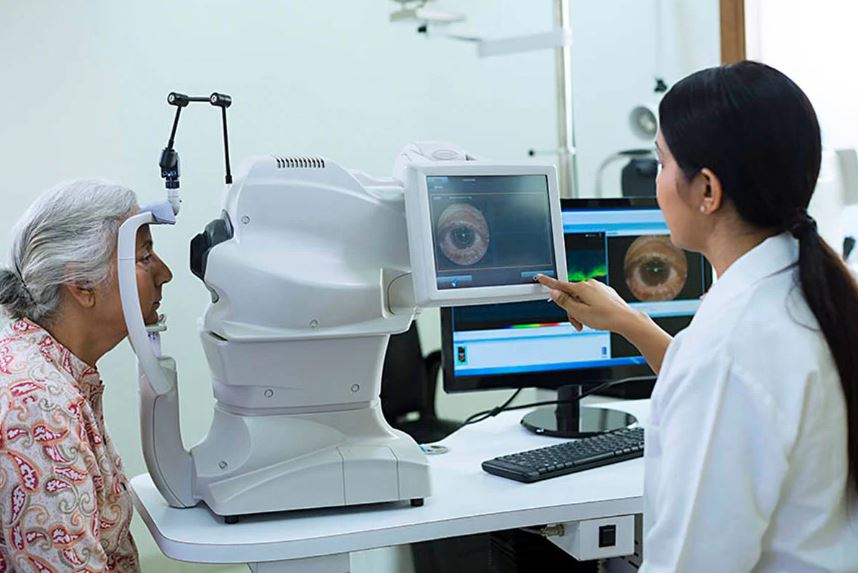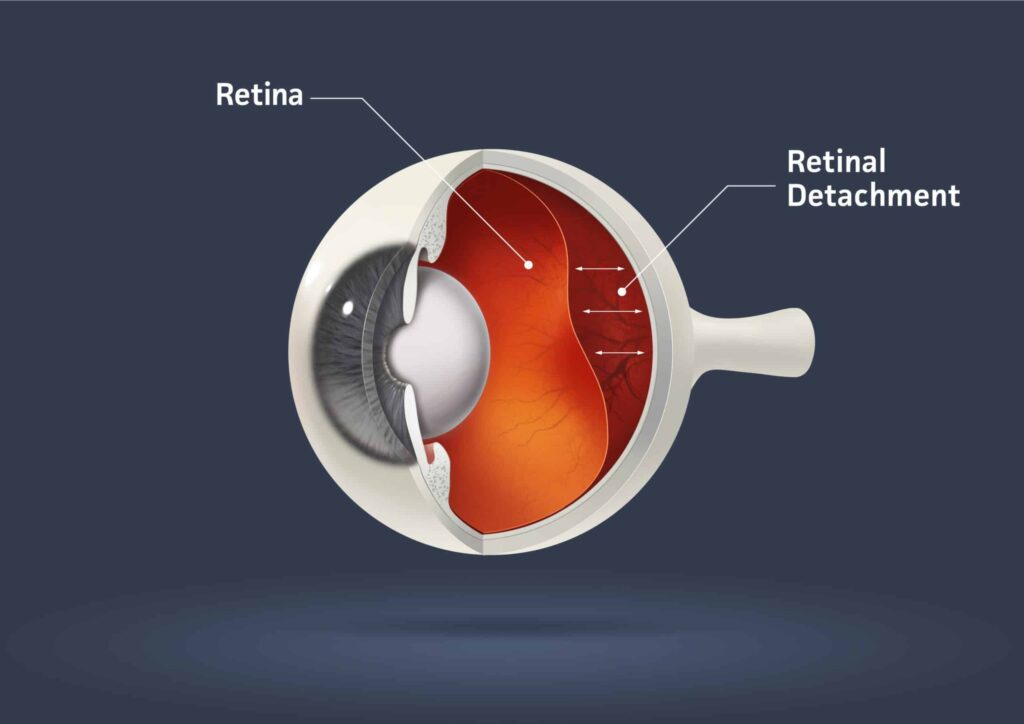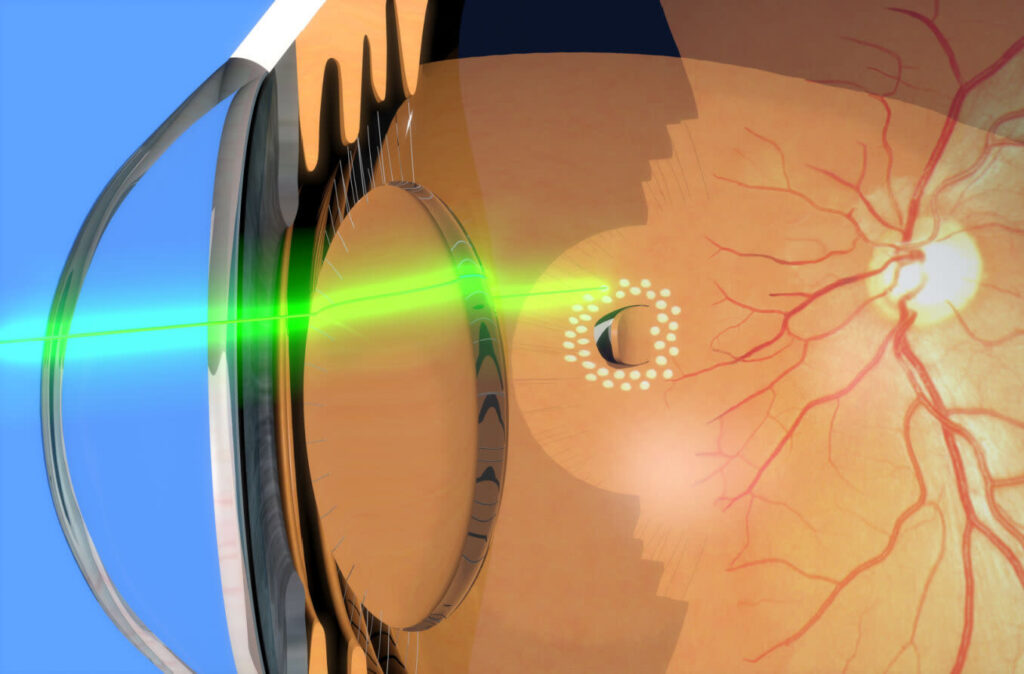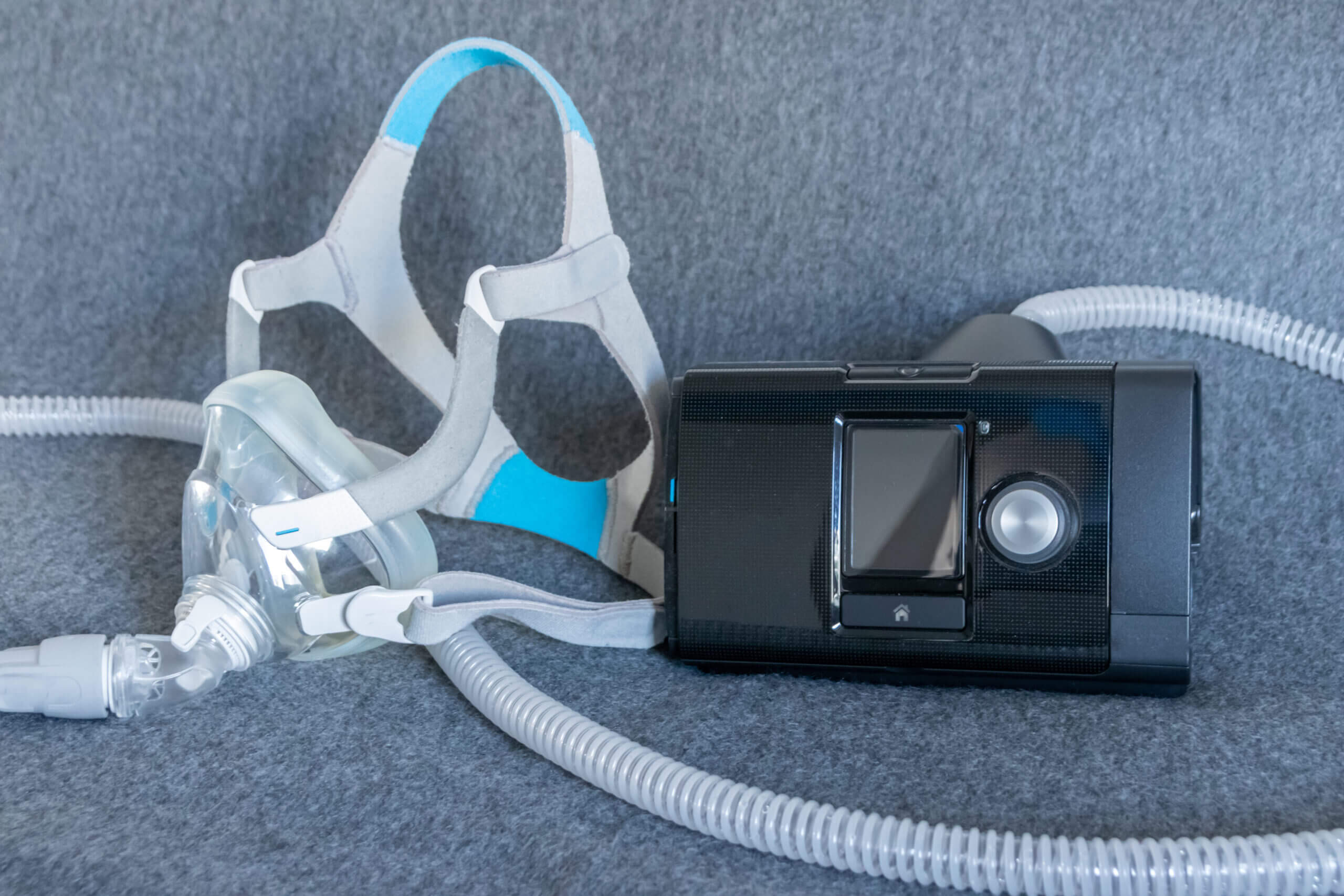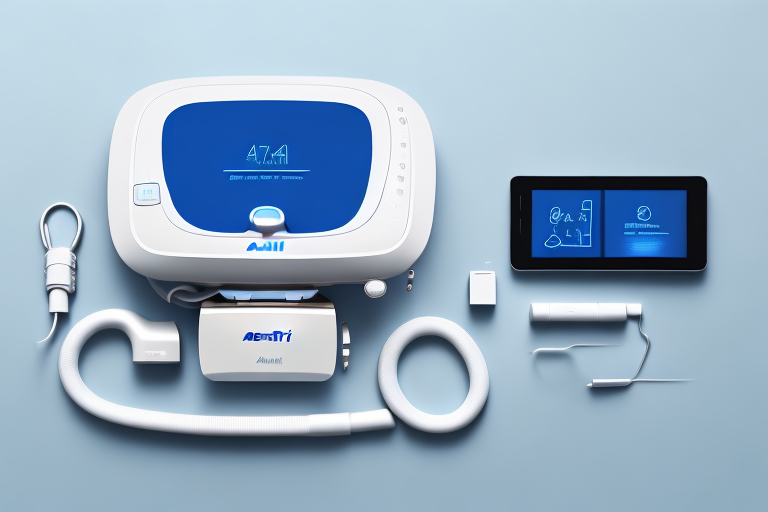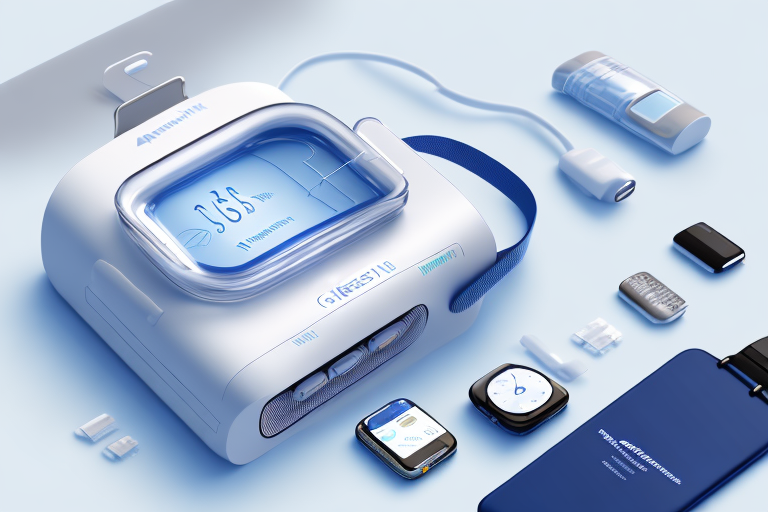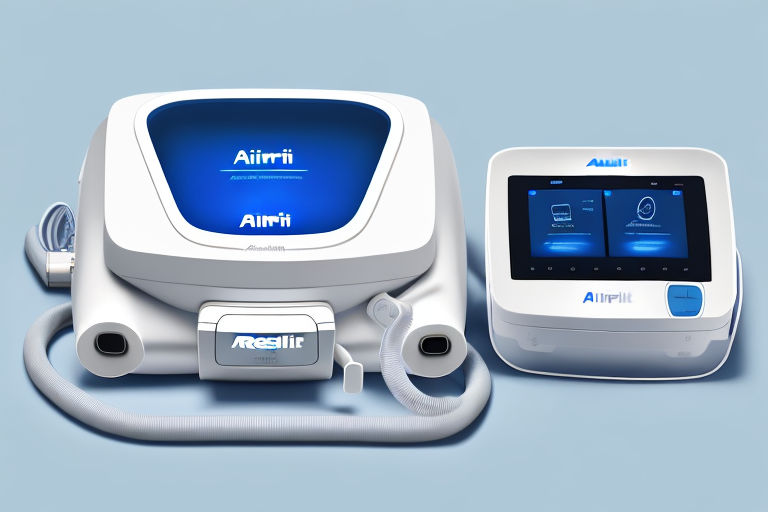What Are Sleep Disorders and How Do They Impact People’s Lives?
Sleep disorders are medical conditions that disrupt normal sleep patterns, preventing restorative rest. The impact of sleep disorders extends far beyond nighttime discomfort, affecting every aspect of daily life.
Common Sleep Disorders
Some common sleep disorders include:
- Obstructive sleep apnea
- Insomnia
- Restless leg syndrome
- Narcolepsy
These conditions interfere with the body’s natural sleep-wake cycle, leaving sufferers chronically exhausted.
Consequences of Sleep Disorders
The consequences of untreated sleep disorders can manifest in multiple ways:
- Cognitive function: Memory problems, difficulty concentrating, and impaired decision-making
- Physical health: Increased risk of heart disease, diabetes, high blood pressure, and weakened immune system
- Mental wellbeing: Higher rates of depression, anxiety, and mood disturbances
- Daily performance: Reduced productivity at work, increased accident risk, and strained relationships
Left untreated, sleep disorders create a cascade of health complications. Chronic sleep deprivation affects hormone regulation, metabolism, and cardiovascular function.
Many people struggle for years without realizing their symptoms stem from an underlying sleep disorder. This makes proper diagnosis through testing methods like Home Sleep Study Melbourne vs Lab Test: Which Is Right for You? essential for reclaiming quality of life.
How Do Home Sleep Studies Work?
The home sleep study process allows patients to undergo diagnostic testing in their own bedrooms using portable monitoring equipment. Your healthcare provider arranges for you to collect a compact device, typically from a sleep clinic or through mail delivery, along with detailed instructions for proper use.
Setting Up the Equipment
Setting up the equipment takes approximately 15-20 minutes before bed. The device includes several components:
- Nasal cannula or airflow sensor that fits under your nose to measure breathing patterns
- Chest and abdominal belts that wrap around your torso to track respiratory effort
- Pulse oximeter that clips onto your finger to monitor blood oxygen levels
- Central recording unit that stores all collected data throughout the night
You’ll attach these sensors following the provided instructions, ensuring each component sits comfortably against your skin. The device automatically begins recording once activated, capturing data while you sleep in your usual environment.
Monitoring Your Sleep
During the night, the equipment monitors your breathing patterns, oxygen saturation levels, heart rate, and body position. Most devices record for one to three nights to gather sufficient data. You maintain your regular sleep schedule and bedroom conditions, which helps capture authentic sleep patterns rather than artificially controlled environments.
Analyzing the Results
After completing the study, you return the equipment to your provider. Sleep specialists then analyze the recorded data to identify potential sleep disorders, particularly obstructive sleep apnea. This analysis may also include an assessment of overnight oximetry results, a commonly used screening test that provides valuable insights into your blood oxygen levels during sleep.
What Happens During a Lab Sleep Test (Polysomnography)?
A lab sleep test process begins with your arrival at a sleep clinic in the evening, typically between 8-9 PM. A sleep technologist will attach various sensors to your body using gentle adhesive, which takes approximately 45 minutes to complete.
The monitoring equipment includes:
- Electrodes on your scalp to measure brain wave activity (EEG)
- Sensors near your eyes to track eye movements
- Chest and abdominal bands to monitor breathing effort
- A nasal cannula or thermistor to detect airflow
- A pulse oximeter on your finger to measure blood oxygen levels
- ECG leads to record heart rhythm
- Leg sensors to detect movement
Once connected, you’ll sleep in a private, hotel-like room equipped with infrared cameras for observation. The technologist monitors your data from a separate control room throughout the night, watching for breathing interruptions, oxygen drops, and abnormal movements.
The test captures a minimum of six hours of sleep data. In the morning, the technologist removes all sensors and you’re free to leave. A board-certified sleep physician then analyzes the recorded data, examining hundreds of parameters including sleep stages, respiratory events, heart rate variations, and limb movements. This comprehensive analysis typically takes 1-2 weeks before results reach your referring doctor.
Which Sleep Test Is More Accurate?
Does a lab test always provide more accurate results than a home study? Lab-based polysomnography delivers superior accuracy for diagnosing a broad spectrum of sleep disorders. The comprehensive monitoring of brain waves, muscle activity, and multiple physiological parameters allows specialists to identify conditions beyond obstructive sleep apnea, including central sleep apnea, narcolepsy, and periodic limb movement disorder.
Home sleep studies excel at detecting moderate to severe obstructive sleep apnea with 80-90% accuracy when used appropriately. These portable devices focus primarily on breathing patterns, oxygen saturation, and airflow, making them highly reliable for their intended purpose. The limitation lies in their narrower scope—they cannot measure sleep stages or detect neurological sleep disturbances.
However, it’s important to note that neurological sleep disturbances are often best diagnosed through lab tests due to their comprehensive nature.
When does accuracy become critical? Patients with complex medical histories, suspected central sleep disorders, or unclear symptoms benefit significantly from lab testing. The controlled environment eliminates variables that might affect home study results, such as unusual sleeping positions or equipment displacement during the night.
The accuracy home vs lab sleep tests debate ultimately depends on diagnostic goals. Home studies provide sufficient precision for straightforward OSA screening in otherwise healthy individuals. Lab tests remain the gold standard when comprehensive evaluation is necessary, when initial home studies yield inconclusive results, or when treatment planning requires detailed sleep architecture analysis.
Are There Significant Cost Differences Between Home Sleep Studies and Lab Tests in Melbourne?
Cost comparison home vs lab sleep tests reveals substantial price variations between the two methods. Home sleep studies in Melbourne typically range from $150 to $1,000, depending on the equipment sophistication and monitoring duration. Lab-based polysomnography averages around $3,000 but can exceed $10,000 for complex cases requiring extended monitoring or specialized assessments.
The price gap stems from several factors:
- Equipment costs: Home studies use portable devices that monitor basic parameters, while lab tests employ comprehensive monitoring systems tracking multiple physiological signals simultaneously
- Facility overheads: Sleep laboratories maintain dedicated rooms, specialized equipment, and overnight staffing requirements that significantly increase operational expenses
- Professional supervision: Lab tests require trained technologists present throughout the night to adjust equipment and ensure quality data collection
Insurance and Medicare coverage can reduce out-of-pocket expenses considerably. Medicare covers 80% of approved sleep studies after patients meet their deductibles, though specific coverage depends on medical necessity and referral documentation. Private health insurance policies vary widely in their sleep study benefits, with some offering full coverage for in-network facilities while others provide partial reimbursement.
Patients should verify their coverage details before scheduling either test type, as the actual cost difference may be less dramatic than the initial price tags suggest.
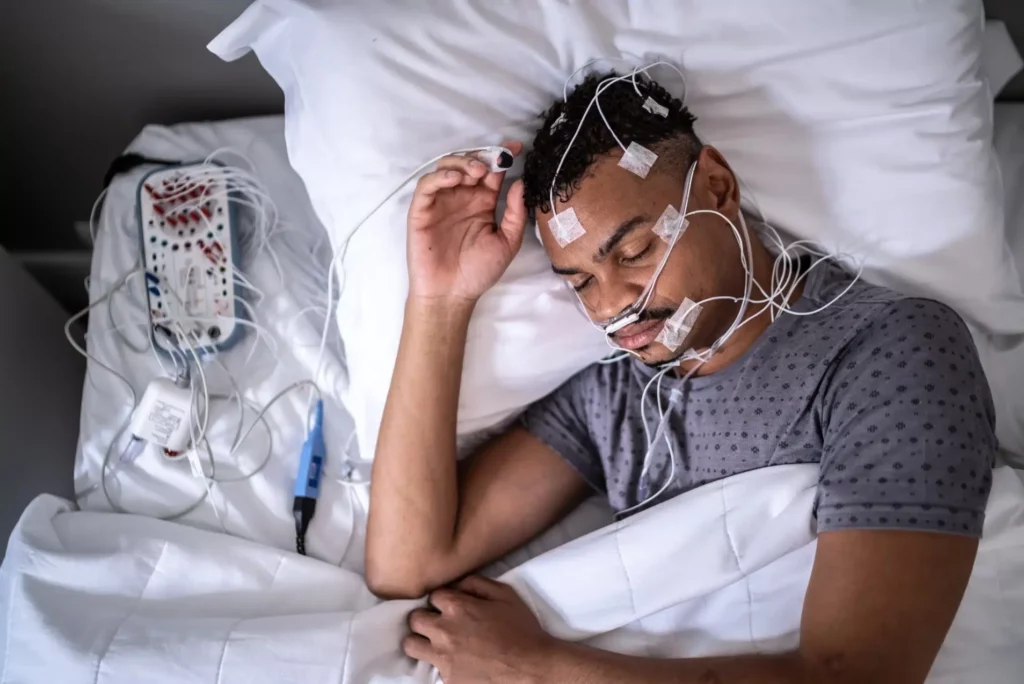
Which Sleep Test Is More Convenient for Patients?
Home sleep studies win on convenience over lab sleep tests because patients complete the assessment in their own bedroom without disrupting their normal routine. You simply collect the equipment, follow basic instructions, and sleep in your familiar environment. The entire process takes one night, and you return the device the next day.
Lab tests require significantly more commitment. You must:
- Travel to a sleep clinic during evening hours
- Sleep in an unfamiliar room with monitoring equipment attached
- Adjust to being observed throughout the night
- Spend 8-10 hours away from home
- Potentially take time off work the following day due to fatigue
Location flexibility makes home testing particularly appealing for Melbourne residents with mobility challenges, young children at home, or demanding work schedules. You avoid commuting across the city during peak hours and eliminate parking concerns at medical facilities.
The setup process differs substantially. Home devices typically involve three to four sensors that you attach yourself using clear instructions. Lab tests require a technician to apply 20+ electrodes and sensors, which takes 45-60 minutes before you can attempt sleep.
Waiting times also factor into convenience. Home sleep studies often have shorter booking windows since clinics can service multiple patients simultaneously with portable equipment.
Who Should Choose a Home Sleep Study Versus a Lab Test?
Are you a good candidate for home testing?
Home sleep studies work best for adults with a high suspicion of moderate to severe obstructive sleep apnea who don’t have other significant medical conditions. If you’re experiencing classic OSA symptoms like loud snoring, witnessed breathing pauses, and daytime fatigue without complicated health issues, home testing offers an efficient diagnostic path.
When does lab testing become necessary?
Polysomnography in a sleep lab becomes the preferred choice for several patient groups:
- Individuals with heart failure, chronic lung disease, or neurological disorders requiring comprehensive monitoring
- Patients suspected of having central sleep apnea, narcolepsy, or parasomnias (sleepwalking, night terrors)
- Those with inconclusive home study results needing more detailed assessment
- Children under 18, who typically require specialized pediatric monitoring
- Patients with morbid obesity where home equipment may not capture accurate data
What about borderline cases?
People with mild symptoms or uncertain diagnoses benefit from lab testing’s detailed brain wave monitoring and sleep stage analysis. Your sleep specialist will consider your symptom severity, medical history, and the complexity of your suspected condition when recommending the most appropriate testing method. Insurance requirements may also influence which test your healthcare provider orders first, as many insurers mandate home studies before approving more expensive lab-based polysomnography. Visit https://mercychildrensclinic.org/bulk-billed-sleep-study-melbourne-how-to-access-free-or-low-cost-testing/ to get more about Bulk-Billed Sleep Study Melbourne: How to Access Free or Low-Cost Testing.
How Can Patients Prepare for Each Type of Sleep Test?
Proper preparation significantly impacts the quality of data collected during sleep testing. Both home and lab studies require specific steps to ensure accurate results.
For Home Sleep Studies:
- Avoid caffeine and alcohol for at least 4-6 hours before bedtime
- Skip daytime naps on the testing day
- Follow the equipment setup instructions precisely, ensuring sensors are properly positioned
- Maintain your regular sleep schedule and bedtime routine
- Keep the bedroom environment consistent with typical sleeping conditions
- Charge all equipment batteries if required
- Document any medications taken before the test
For Lab-Based Polysomnography:
- Wash and dry hair without using styling products, oils, or conditioners
- Arrive with clean, dry skin free from lotions or creams
- Bring comfortable sleepwear and any personal items needed for overnight stay
- Pack regular medications and a list of current prescriptions
- Eat a normal dinner but avoid heavy meals close to bedtime
- Bring a book or quiet activity for the pre-sleep period
- Remove nail polish if wearing pulse oximetry sensors
Both testing methods require patients to inform technicians about recent illness, medication changes, or unusual circumstances that might affect sleep patterns. Accurate preparation tips for home vs lab sleep tests help ensure reliable diagnostic results.
What Happens After Completing a Home or Lab Sleep Study?
Your sleep data is carefully examined by a sleep physician who analyzes the recorded information to find patterns and irregularities. The post-sleep test process in Melbourne usually takes 7-14 days for home studies and 1-2 weeks for lab tests, although urgent cases may be processed more quickly.
What Happens During a Home Sleep Study?
For home sleep studies, you return the equipment to the clinic where technicians download your data. A sleep specialist examines your breathing patterns, oxygen saturation levels, and heart rate recordings. The physician generates a detailed report highlighting any apnea events, their frequency, and severity classification.
What Happens During a Lab-Based Polysomnography?
Lab-based polysomnography involves more comprehensive analysis since technicians collect extensive data including brain wave activity, eye movements, and muscle tone. Sleep specialists review hundreds of data points across your entire sleep cycle, identifying not just breathing disorders but also conditions like restless leg syndrome, periodic limb movements, or unusual sleep architecture.
What Can You Expect After Analysis?
Once analysis is complete, you’ll receive:
- A written diagnostic report outlining findings
- An appointment with your referring doctor or sleep specialist
- Discussion of treatment options if a disorder is detected
- Recommendations for CPAP therapy, oral appliances, or lifestyle modifications
- Potential referrals to other specialists if additional conditions are discovered
Your healthcare provider uses these results to create a personalized treatment plan addressing your specific sleep disorder and overall health needs.
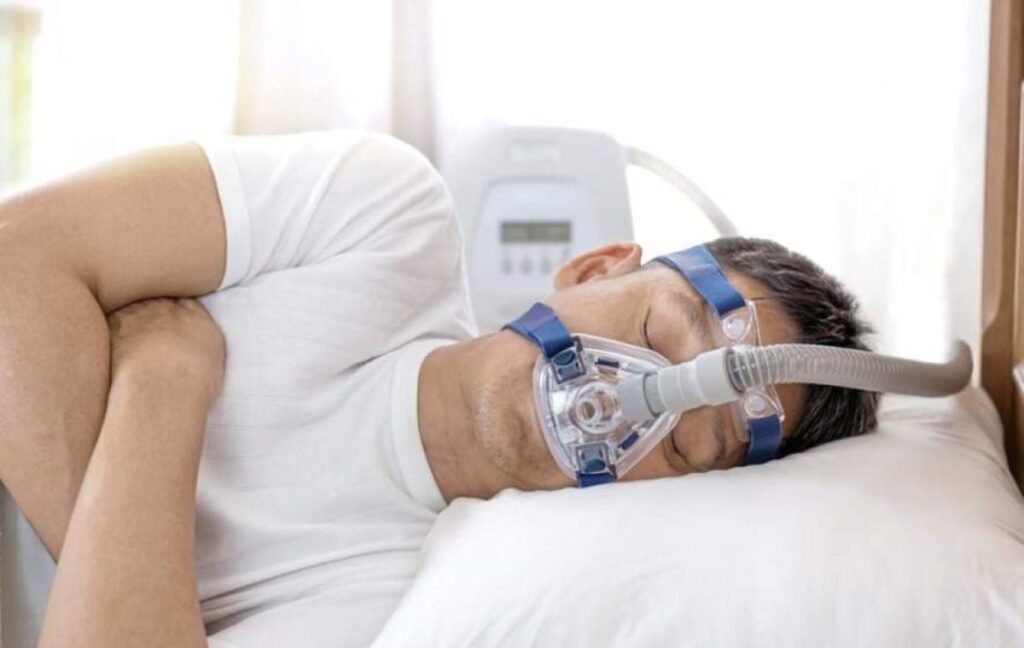
Which Sleep Study Method Should You Choose in Melbourne?
How should you approach deciding between home and lab sleep study Melbourne options?
Your choice depends on three critical factors working together. Start by discussing your symptoms with a sleep specialist who can assess whether you need the comprehensive monitoring of a lab test or if a home study will suffice for straightforward obstructive sleep apnea screening.
1. Financial constraints
Financial constraints play a significant role when comparing costs of $150-$1,000 for home studies versus $3,000+ for lab tests. Check your insurance coverage and Medicare eligibility, as both can substantially reduce out-of-pocket expenses for medically necessary testing.
2. Personal circumstances
Personal circumstances matter equally. If you have multiple health conditions, complex symptoms beyond snoring, or previous inconclusive results, a lab test provides the detailed data needed for accurate diagnosis. For suspected moderate to severe sleep apnea without complicating factors, a home study offers convenience without sacrificing diagnostic value.
3. Medical necessity
The right test balances medical necessity, budget realities, and practical considerations unique to your situation. Your healthcare provider’s recommendation should guide this decision, ensuring you receive appropriate care while respecting your preferences and financial position.
